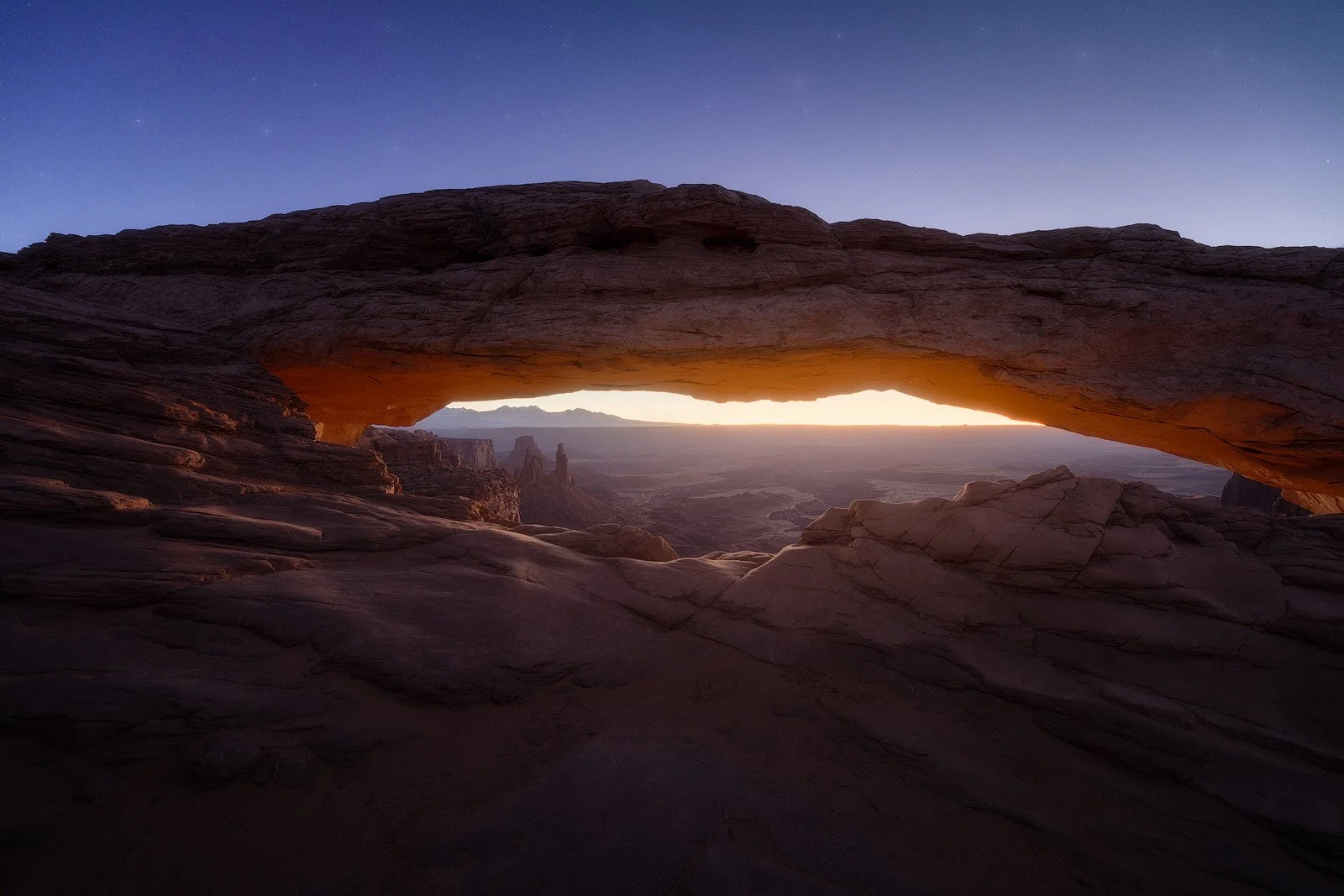 Image 1 of 1
Image 1 of 1


Twilight Threshold
As the first rays of dawn crest the horizon, they ignite the underside of Mesa Arch with a soft, golden fire. For a few fleeting moments, the world holds its breath between night and day. The stone glows from within, radiant and alive, its curves etched against a sky still jeweled with the faint remnants of stars. The desert below lies silent, the vast canyons of Canyonlands National Park unfolding in shadowed layers of rose, violet, and blue. In this stillness, the meeting of light and darkness feels less like transition and more like communion—an ancient rhythm made visible.
The air is crisp, carrying the scent of sandstone and sage. A gentle wind drifts through the arch, brushing the rock face as if to waken it. Light gathers, growing stronger, spilling into the abyss below where time itself seems measured by erosion and silence. The arch becomes a threshold in the truest sense—a portal not only of space but of presence, connecting what is fleeting to what endures. Each second feels sacred, every shadow deliberate. The sky, the stone, and the sun merge in perfect stillness before motion returns to the land.
Twilight Threshold evokes the fragile balance between illumination and stillness—the moment when the Utah desert awakens, and night reluctantly gives way to day. It speaks to the patience of the landscape, to the quiet resilience carved into every surface. Within its frame, dawn is eternal: a beginning that repeats without end, where light first touches stone and the desert once again remembers how to breathe.
As the first rays of dawn crest the horizon, they ignite the underside of Mesa Arch with a soft, golden fire. For a few fleeting moments, the world holds its breath between night and day. The stone glows from within, radiant and alive, its curves etched against a sky still jeweled with the faint remnants of stars. The desert below lies silent, the vast canyons of Canyonlands National Park unfolding in shadowed layers of rose, violet, and blue. In this stillness, the meeting of light and darkness feels less like transition and more like communion—an ancient rhythm made visible.
The air is crisp, carrying the scent of sandstone and sage. A gentle wind drifts through the arch, brushing the rock face as if to waken it. Light gathers, growing stronger, spilling into the abyss below where time itself seems measured by erosion and silence. The arch becomes a threshold in the truest sense—a portal not only of space but of presence, connecting what is fleeting to what endures. Each second feels sacred, every shadow deliberate. The sky, the stone, and the sun merge in perfect stillness before motion returns to the land.
Twilight Threshold evokes the fragile balance between illumination and stillness—the moment when the Utah desert awakens, and night reluctantly gives way to day. It speaks to the patience of the landscape, to the quiet resilience carved into every surface. Within its frame, dawn is eternal: a beginning that repeats without end, where light first touches stone and the desert once again remembers how to breathe.
